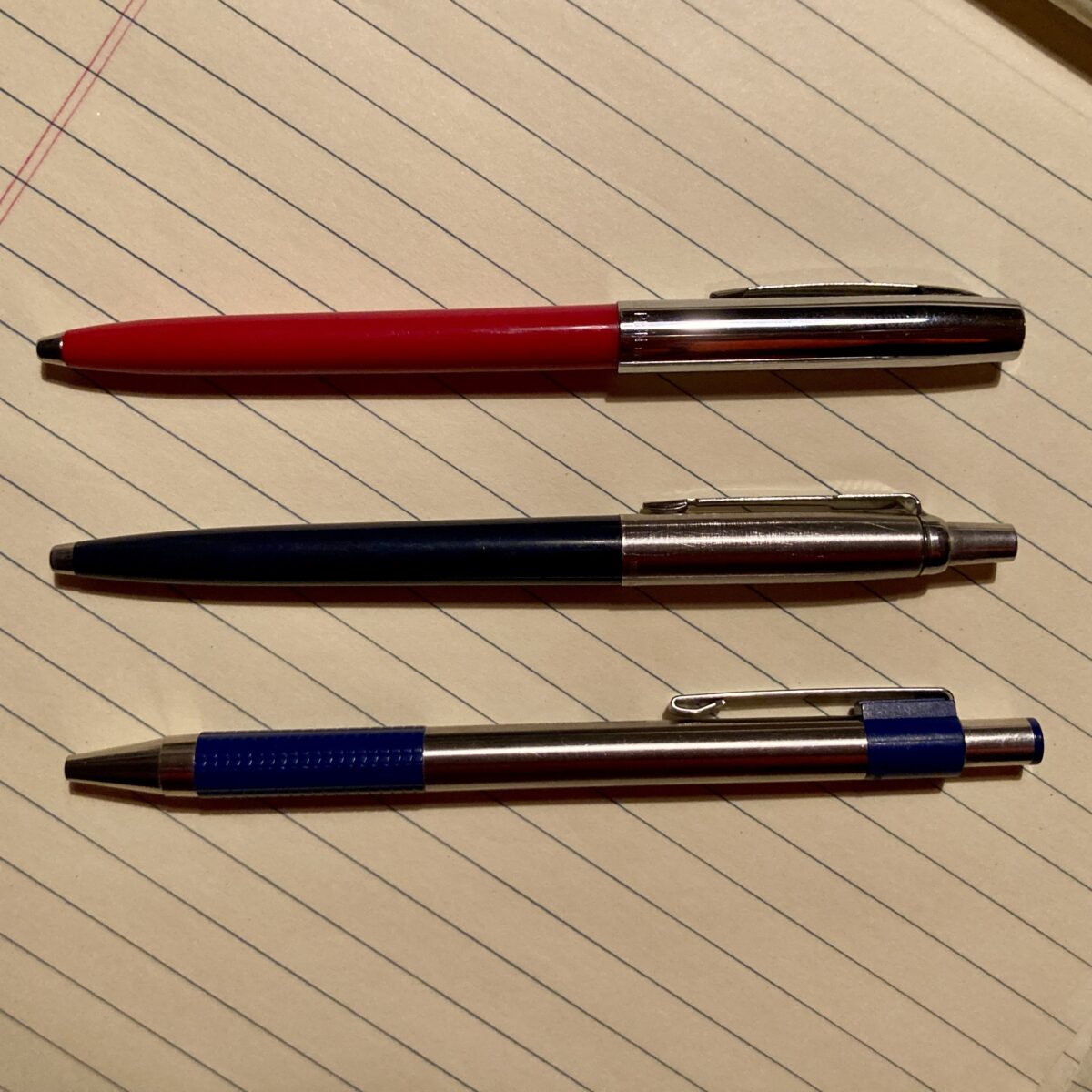This is a work-in-progress. I will update and add to it.
This skeleton outline assumes you (the student) have been asked to write a paper of roughly 2-5 double-spaced pages. It also assumes you are responding to a prompt.
Introductory paragraph — This tells us why the topic is interesting, then gives your thesis statement. Your thesis statement is your point. It’s the thing you want a reader to remember once they’ve forgotten the rest of what you wrote. It should respond directly to the prompt.
Definitions paragraph — This is for defining and explaining any terms on which your point is based. For example, you may have been asked to say whether some real thing in politics conforms to a definition. How can you do that without giving the definition? Also, if you put effort into this paragraph, the rest of the paper will be much easier to write.
Your professor may rely heavily (but not only) on this paragraph to judge how much you learned… and how efficiently you read.
Body paragraphs — As many as are necessary. Your argument contains more than one idea, and you may be working with more than one definition. Consider writing one paragraph per idea/definition.
Conclusion — Restate your argument, and remind the reader of the logic/evidence that supported it.
If you want, you may conclude with a brief ‘meta’ comment on the prompt or the concepts it asked you to use. This is where you put the point that wasn’t relevant to the answer to the prompt, but that you really wanted to make anyway.
